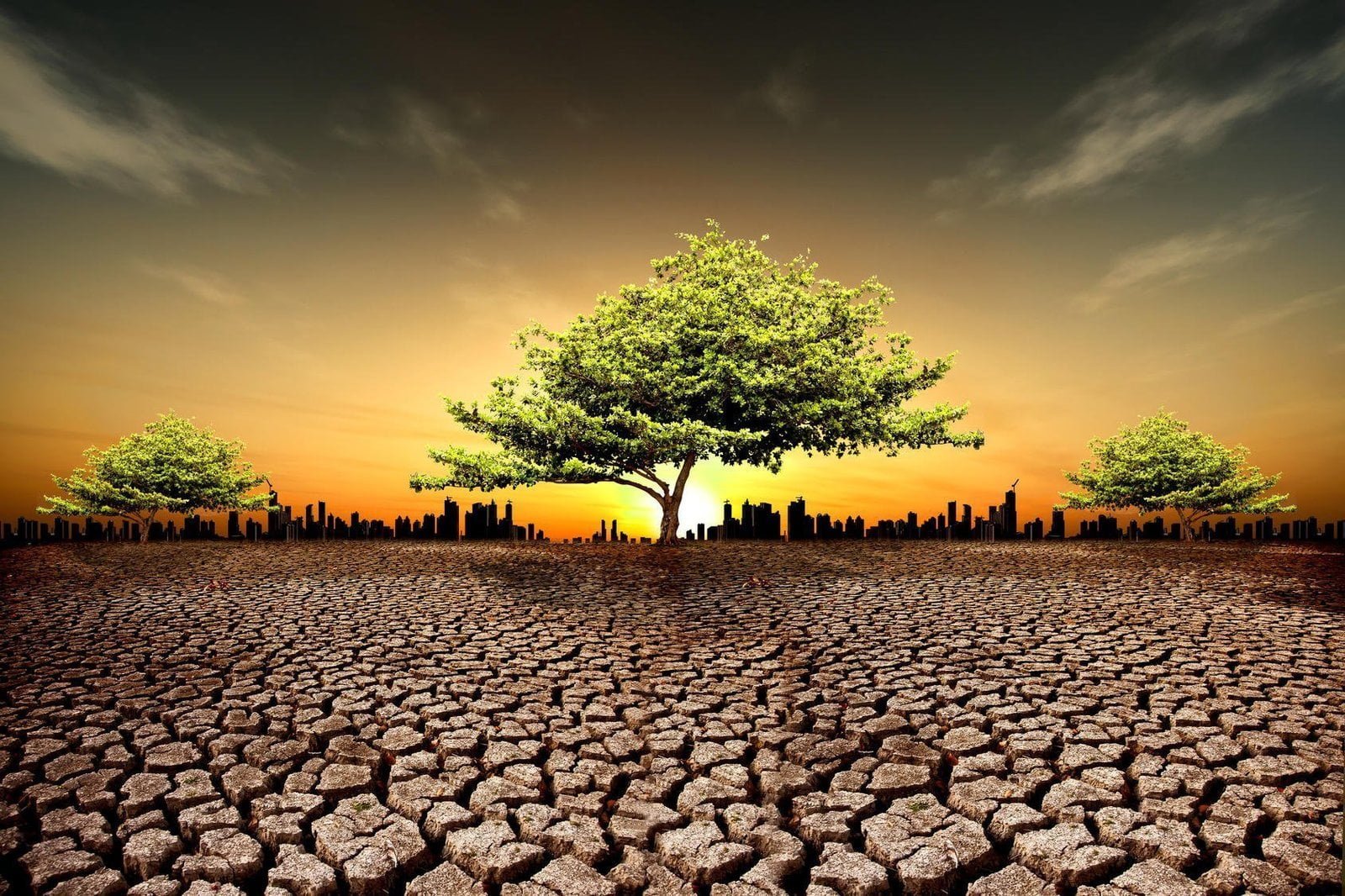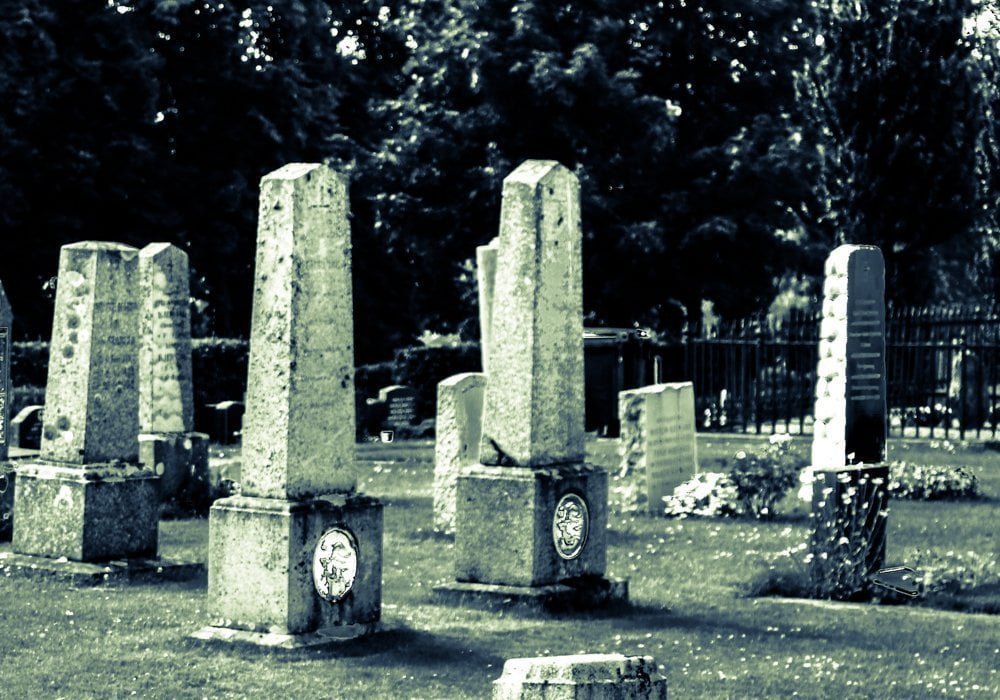The Black Death may have been one of the worst disasters ever to have hit humankind. In the mid-1300s, this bubonic plague went like fire across large parts of the world. It started in eastern Asia and moved west towards Europe.
Globally, it is believed that the disease killed more than 75 million people between 1346 and 1353. It was a disaster of biblical proportions, and the suffering was immense.
Within a short period of time, families and entire communities were wiped out. The livestock either died of starvation in their abodes, or they were left outdoors to fend for themselves. The Black Death showed no mercy and spared neither poor nor rich – neither learned nor ill-educated. The disaster could easily have wiped out our entire civilisation.
We who inhabit the earth today are all descendants of those who survived. It must have taken generations before the human suffering was clouded by time and finally let go.
May we tempt you?
Folk tales | Pesta and the Black Death
Severe natural disasters paved the way
Anton Ludvig Faye (1845 – 1916) was a Norwegian physician and medical officer, who was also a researcher of medical history. In a lecture given to the Det medisinske selskap (medical society) in Kristiania (Oslo) in 1879, Faye draws the attention to certain interesting facts that are not usually mentioned in connection with the Black Death.
Both before and during the course of the plague – going on for several decades – violent natural disasters were happening in Europe and throughout the world. There were earthquakes, volcanic eruptions, drought, famine – floods, intense storms, strange fog and blood rain. Massive swarms of locusts would descend upon the world and destroy the crops. These are all events described and documented by contemporary sources.
The far East – China
Chinese sources report massive earthquakes and other related disasters – happening in 1333 and in the years that followed. The earthquake in 1333 is said to have lasted continuously for six days. An earthquake in 1338 lasted for an incredible period of 10 days.
Huge cracks appeared in the earth’s crust, and whole mountains collapsed. Large bodies of water gathered. The weather conditions during this period alternated between extreme heat and terrible drought – and heavy rains with severe flooding. Millions of people died as a result of these events alone and during the period of famine that followed. For three consecutive years – between 1335 and 1337 – massive swarms of locusts completely wrecked the annual crops.
In 1343, there was an earthquake stretching from China to Syria, Egypt and Italy.
In 1347 – after a fifteen year period of unimaginable suffering – this cycle of natural disasters seems to have ceased in this part of the world.
Dramatic events also in Europe
The year 1333 was also a landmark year in Europe. It marked the start of a dramatic change in nature’s behaviour. Europe suffered a terrible drought in addition to violent thunderstorms. There were volcanic eruptions on the islands of Iceland and Sicily.
In the years that followed there were earthquakes and swarms of locusts also in this part of the world. Large meteors would be visible upon the skies.
The vast swarms of locusts spread over South and Central Europe, devouring the crops and all the growth that they could find. The only exception it is said – were the vines grown to produce wine.
In 1337 – in the same year that the locusts left China – and for three consecutive years – the greedy swarms descended upon Europe in August. The worst year was 1339. The people of Europe did not have much else to defend themselves with other than prayers and processions. Later came heavy rains and hail, killing large amounts of locusts, leaving them to rot on the ground.
Both in 1337 and 1338 there were many occurrences of what was called blood rain – red rain falling from the sky.
In 1339, the coast of Iceland was hit by a violent earthquake – where mountains and valleys were torn open, and boiling water rushed forth from gaping holes in the ground.
In 1340, Denmark was hit by a fierce drought, and people and animals died of thirst and hunger.
In 1342-1343, German cities like Cologne and Erfurt were flooded entirely – and in 1345 Germany experienced torrential rains – the worst they had seen in living memory. The impact on the people was devastating, and people had only flour made from bark and straw – and boiled corn straw – to eat.
In Norway – in 1345 – the river Gaula disappeared after a big landslide. When the water eventually pushed through – after a few days – it did great harm. 48 farms and several churches were destroyed. 250 people and large numbers of animals were killed.
In Italy in 1347, the sky was always overcast, and nothing would grow. There were frequent earthquakes and great destruction.
A meteor appeared over Paris in August 1348, lingering motionless in the sky for a long time.
At this time there is said to have been dense fog and fumes that poisoned the air.
Cyprus was hit by a violent earthquake – and the following hurricane transformed the landscape into a dried out desert.
Why are these events relevant to the spread of the Black Death?
After decades of suffering caused by such environmental devastation, many communities had been completely depleted and drained of its resources. The population – in its weakened state – was entirely at the mercy of the disaster that was building: ready to make its deadly and disastrous attack.
Like a chain of dominoes falling, one piece at a time – the consequences would be beyond anyone’s imagination.
Could it happen again? Is it possible to prepare for such events?
Some might argue that the question should not be if but when will it happen again. Humankind has taken enormous steps forward since the fourteenth century but are we strong enough to face another Black Death? Are we prepared for the Earth to once again demonstrate its destructive powers, shaking our civilisation to its core?
Is the biblical tale of Pharaoh’s dream – and Joseph’s interpretation of the seven good years followed by seven years of famine and poverty – equally relevant today?
Are our ancestors shouting a message of warning through the walls of time, unable to get through to the people living today? They know only too well how quickly and dangerously the chain of dominoes can fall.
May we tempt you?
Wooden buildings one thousand years old | Norway
Main source: The lecture «Den sorte Død i det 14de Aarhundrede» by A. L. Faye – Th. Steens Forlags-Expedition 1880.











